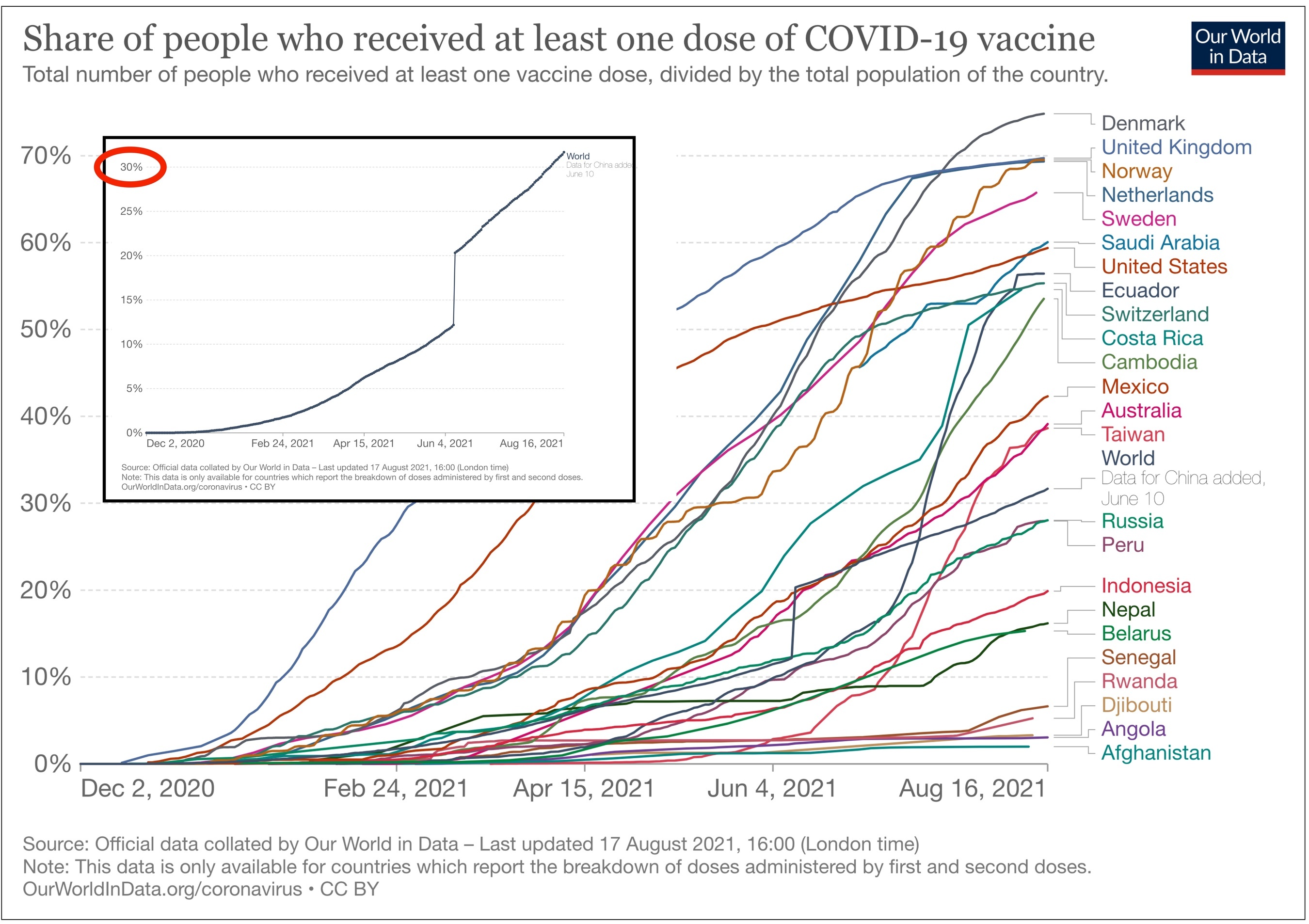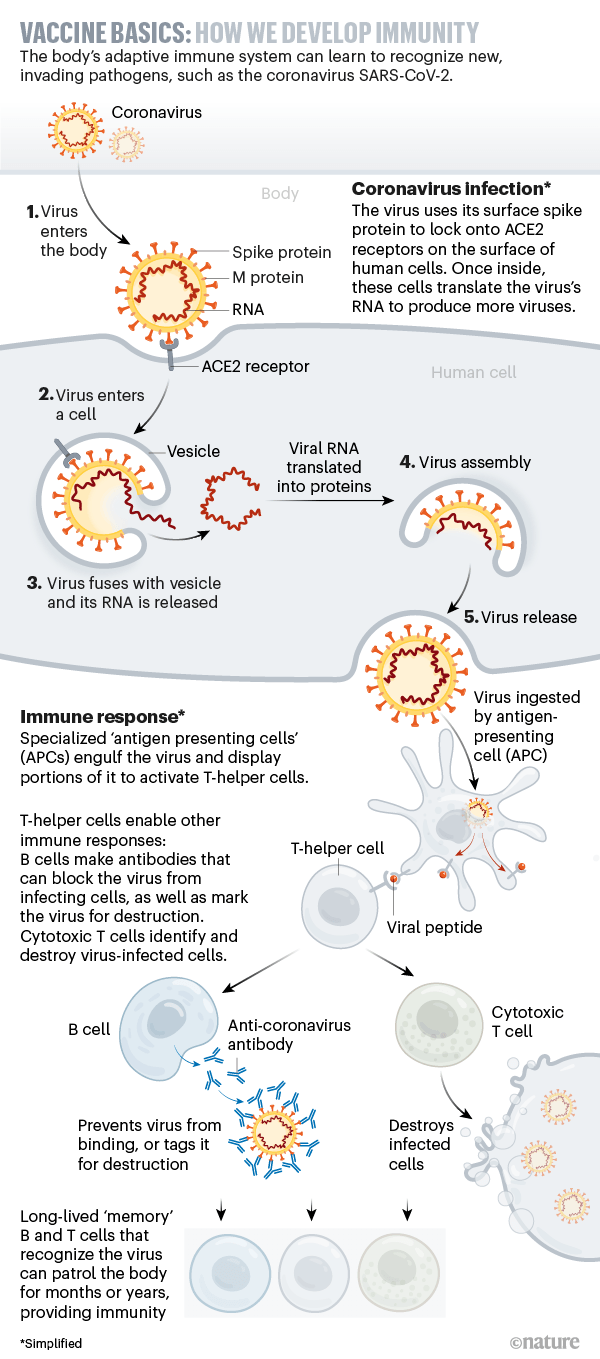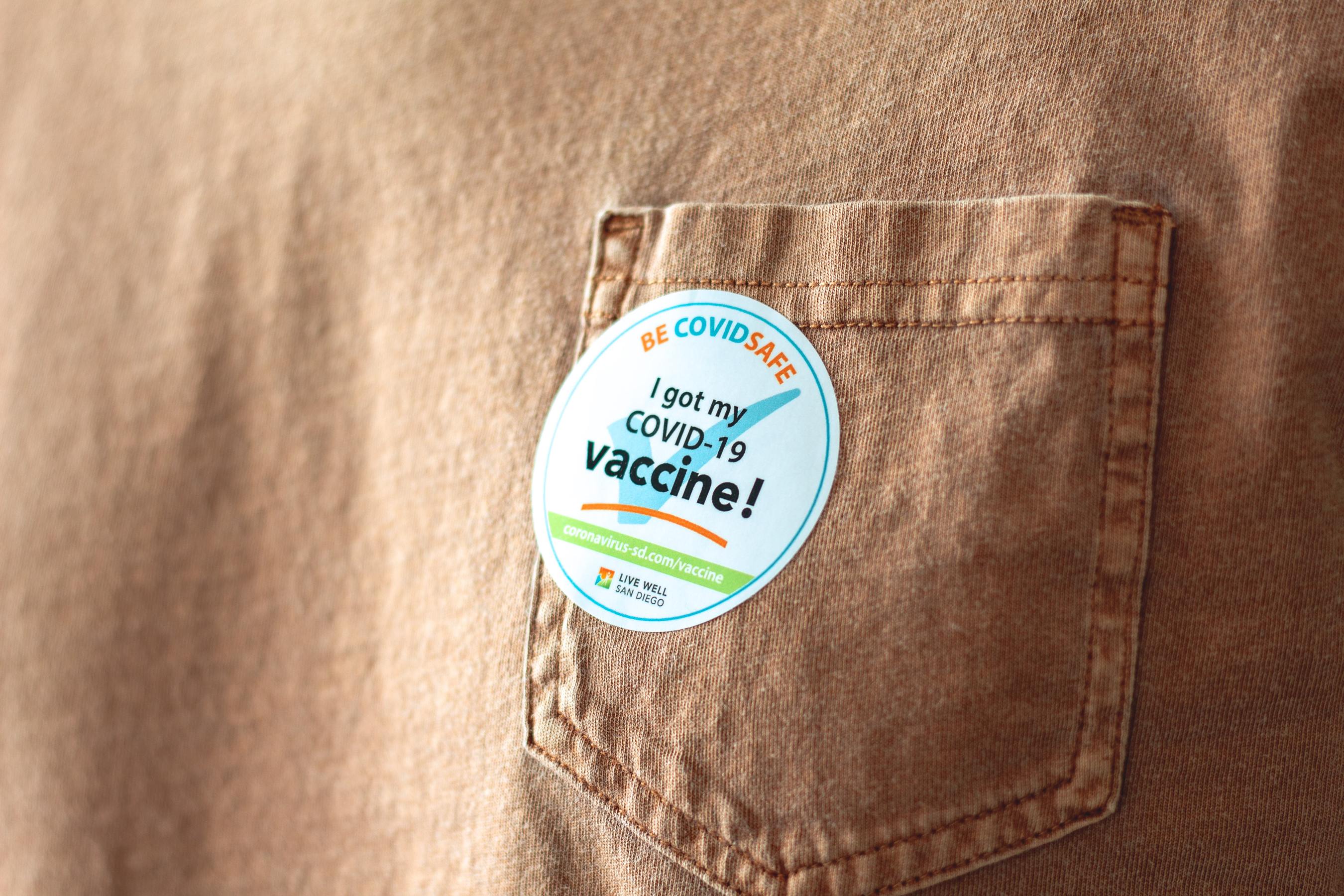Since late January we have seen an extraordinary rollout of the Coronavirus vaccine and – along with responsible masking and social distancing – a significant reduction in infections, illnesses, and deaths. Shortly after the vaccines became available, Yinova team members took advantage of them and we wrote about our experiences both getting and helping to administer them. Shortly after that blog was published, and in compliance with all state guidelines for health care providers, our entire team are vaccinated.
We still face challenges with the distribution of the vaccine. What was at one time an obstacle of access is now complicated by hesitancy that ranges from simple inaction to active distrust of the current vaccines. Between the reality for people with medical conditions for whom the vaccine is more of a risk, and the unavoidable, legitimate scrutiny of any therapy that would have emerged for this virus, we understand and encourage questioning. It’s important to address those concerns. However, many of the “unknowns” regarding vaccines are actually very well known and supported by strong scientific data. We try to make that information accessible, as the imperative for vaccinations today could not be more pressing.
In April Dr. Lucky Sekhon and I offered a Yinova webinar for our community. We shared information about the Covid vaccines and their safety, specifically as they relate to fertility and reproductive health. I recently had the opportunity to speak again with Dr. Sekhon at the Integrative Fertility Symposium about this. Much of our discussion was based on questions our patients frequently ask us and I’d like to share some of the information that came up in the conference with you, as well as some resources related to this topic.

Who is in charge?
From hospitals to newspapers, there is no shortage of resources for dependable information on the virus and vaccines. As for the CDC itself, the agency – and those leading it – has received a lot of criticism that isn’t always fair. At the end of the day, it is doing its best to respond to a rapidly changing landscape of information. I know that navigating the CDCs labyrinthine website can be challenging, however, it has a lot of useful information and remains a touchstone for our healthcare, as well as public safety guidelines.
What is immunity, actually?
The immune system – how it responds to foreign invaders and the way it learns to recognize them in the future – is complex. It is not just a matter of turning itself on and off, but of having a regulated, appropriate response to the threats it faces. In Traditional Chinese medicine, we envision pathogens (which may be “bugs” or environmental conditions) that can get through a protective layer of energy (Wei Qi) that is our first line of defense. When left unchecked, they can produce increasingly severe disease as they penetrate to deeper levels of our body. It may be a more “poetic” way of describing infection than conventional medical language, however, it is no less subtle. The principles are similar to our Western medical ideas of innate immunity that we are born with and the acquired immunity that develops – through exposure and vaccination – like a battle-hardened army. Here is a great, short animation of how the Immune system works. More specific to Covid, this animation from Childrens’ Hospital of Philadelphia describes how the mRNA works, and this graphic from Nature shows how vaccines for Covid have been developed. For more information on how to cultivate immunoflexibilty, check out Yinova practitioner Jeremy Pulsifer’s blog and watch him and Yinova Founder Jill Blakeway discuss it here.

Vaccine history and technology
The history of vaccines and the diseases they prevent are fascinating. Predictably they have ethical and political threads woven throughout them that both confound and clarify how they came to be. For a deeper understanding of Covid-19, the vaccines, and vaccine history in general, I have learned a lot listening to a range of brilliant scientists and physicians interviewed on Dr. Peter Attia’s podcast. If you are interested in a bit of history around the politicization of vaccines and the anti-vax movement, this interview with Peter Hotez is a fantastic crash course. For an insightful conversation with another brilliant pediatrician and infectious disease specialist, listen to Paul Offit on the Covid-19 vaccines and their safety, herd immunity, and viral variants. It is straight from an authority that makes all of this information very accessible.
Hesitancy
As we have navigated our way through this pandemic, evidence-informed science has been challenged, not only by rigorous questioning but as a matter of philosophical disagreement or political alignment. Fueled by misleading data, reluctance is often born of a more general mistrust of government and institutions. The end results have at times been tragic and utterly avoidable. Misinformed vaccine hesitancy is real and it is a serious issue for both individuals and communities.
Here is how it works
- When we don’t reach herd immunity there is that much more room for serious infection among the unvaccinated.
- This is ample ground for the emergence of “variants” that develop increased infectivity (the ability to infect the population) and virulence (the ability to cause more serious disease states)
- Those variants are catastrophic for the unvaccinated but they can also “breakthrough” the protections of the vaccination, producing low-level symptoms at first but possibly becoming more serious as they mutate further.
The science underlying this process is not a question. This is the precise trajectory of the current Delta variant as well as others we are watching. I have heard a number of people question whether we can actually distinguish between the original virus and variants and whether variants actually occur. Unfortunately, they do. Just as the flu shot is altered from one year to the next in order to accommodate new variants, this coronavirus mutates. Like any living organism would, it exploits opportunities to thrive through adaptation. Low vaccination rates are a significant factor in providing that opportunity.
Where Chinese medicine comes in
Through the course of history, Traditional Chinese Medicine (TCM) has observed and treated hundreds of epidemics. (Interesting fact: it was Chinese medical practitioners who first provided inoculations against disease through insufflations of powdered cowpox scabs). We also place a great deal of importance on identifying our patients’ unique constitutions through the course of their care. This combination of history and attention to the individual patient has given us valuable tools for attending to this most recent pandemic and for the sake of this conversation, the reactions we see to the current vaccines and our patients’ concerns about them.
From a TCM perspective, we see that vaccines introduce a pathogen at a deeper level than might otherwise be mediated through the more superficial levels of our immune system we described above.
The side effects from vaccines that we have seen are generally either
- common and relatively unremarkable or
- those that are reminiscent of previous injuries or underlying patterns of imbalance.
For both of these, we have multiple tools at our disposal as we do have some control over our own immunity. By using effective wellness strategies like acupuncture and Chinese herbal medicine and helping patients make healthy lifestyle choices, we can reduce untoward reactions that are associated with
- genetic predispositions
- immune system variations
- compromised detoxification pathways and other stress responses
- neurological differences
- and other factors that can create an adverse reaction to a vaccine
Our recommendations for patients about to get vaccinated, include:
- acupuncture within a week before and after
- rest and sleep
- meditation
- take regular medications
- don’t drink alcohol
- avoid processed and inflammatory foods and lower coffee and sugar
- exercise
- supplementation: No dramatic changes but therapeutically, here is what I talk with my patients about:
- Vitamin C (liposomal): Boosts antioxidants and aids tissue repair.
- Vitamin A: Helps with functional cell division, immunity, and reproduction. (We sell this online and in-clinic.)
- Vitamin D3: Modulates immune response, mineral absorption, and fertility. (We sell this in-clinic.)
- Zinc: For immune function, DNA synthesis, wound healing. (We sell this online and in-clinic.)
- Selenium: Reduces the effects of oxidative stress.
- Probiotics: To support a healthy microbiome on the gut. (We sell this in-clinic.)
The overall aim is to help regulate immune function as we:
- encourage “balance”, a.k.a., homeostasis
- identify and reduce novel over-reaction, toxicity, and autoimmunity
The strength of our medicine comes through most effectively when we work in partnership with our patients and take a multi-pronged approach. Within TCM, we have many tools to achieve these goals:
- Acupuncture, which activates the body’s innate self-regulating and healing ability
- Herbs, which address patients’ constitutional root patterns and reactions
- Moxa, a gentle heat therapy that activates a healthy physiological response
- Cupping, best known for muscle tightness, but is also effectively immuno-modulatory
- Lifestyle changes, including stress reduction and sleep regulation to help support healthy adaptation and resilience
- Energy cultivating exercises: such as Qi Gong and Tai Chi
- Nutrition

Frequently Asked Questions
As I mentioned, so much of this conversation has been driven by questions that our patients ask. Amidst all of the information out there, some concerns come up regularly.
Will the vaccines affect my reproductive health or my baby genetically?
No. The “genetic” technology that the vaccines – particularly the mRNA – are based on does not mean that they are genetically altering. They are not. They contain only the spike component of the virus which simply does not have the capacity to instigate genetic alteration. The organizations and associations that oversee the reproductive space in medicine unanimously support vaccination as part of a prevention strategy. The American College of Obstetricians and Gynecologists, the American Society for Reproductive Medicine, and the Society for Male Reproduction and Urology among others, as well as every reproductive endocrinologist and fertility specialist I have spoken with recommends vaccinations for patients who are pregnant or considering conceiving.
What is different here?
mRNA technology is new commercially, however it is not a new technology. This method of delivering vaccinations has been under development for decades. It was primed to rise to the occasion of Covid-19, though its debut in a state of emergency has understandably raised concerns about safety. The technology behind mRNA delivery allows it to be more rapidly developed and deployed than conventional vaccines. In the future, we are going to see this as the platform for many medications. Another distinction to be aware of is between efficacy and safety. The efficacy of a medication is whether or not it works and safety is more of a reflection on side effects. These data are typically identified over the course of sequential trials and usage. In the case of the Covid vaccines, the need for an expedited rollout meant that the trial phases were compressed and dovetailed, rather than unfolding one after the other. There actually was no significant difference in the size of the trials, however smaller sample sizes indicated the medications were safe and reduced how long the trials took.
Speed of the rollout
The research and design of any medication, let alone the technology and infrastructure to produce and distribute it is a massive financial undertaking and primarily a privately funded enterprise. When $24 billion is a part of the equation -$18b from the fed – things just move a little faster. “Warp Speed” kind of fast. This, combined with the compressed trial phases and a massive bypassing of bureaucratic red tape made for a much faster rollout. What’s more, because of the time imperative, these vaccines actually went into production while still in the trial phase; an unprecedented step that conventionally happens at the end of a long process that itself culminates in a lengthy fund-raise. Also, as we said above the technology for these vaccines was decades in the making.
How do you know that there aren’t going to be any long-term side effects?
60 days is the magic number. Whenever there has been a long-term or serious side effect from a vaccine, it has been apparent within this fairly short period of time. For the following well-known cases, that rule of thumb has never been broken.
- Albert Sabin’s oral polio vaccine could cause polio – always within 6 weeks (1 in 2.4 million)
- Influenza vaccine: can cause Guillain–Barré syndrome within 6 weeks (1 per million)
- Yellow fever vaccine can cause yellow fever (viscerotropic disease) within a week or so (1 per million)
What about kids?
There is an age wave. This essentially means that there is a trajectory of Covid vulnerability that increases with age. There are many factors that go into the pros and cons of who should be eligible for vaccines. For example, it is important to consider social congregation in terms of frequency and size that can skew the age-based wave and affect the ability to reach herd immunity. This can become a complicated conversation and the research to determine if there is a different adverse reaction profile for younger ages than there is for adults is ongoing. While we do see a trend of lower incidence in younger populations, the current recommendations from the American Academy of Pediatricians are supportive of vaccinations with a continued emphasis on monitoring and reporting of any adverse reactions. The Vaccine Adverse Event Reporting System (VAERS) is a functional mechanism to identify and analyze the occurrence of side effects that have been reported. Across the globe, over 4.5 billion vaccine doses have been administered in less than a year. It stands to reason that the reporting of reactions – both common and novel – would also be more numerous over such a short period of time than expected from a vaccine administered in the millions.
Another concern for children is that as healthcare systems around the world are over-extended in managing Covid cases, regular care including standard immunizations has suffered.
Health Equity Considerations
We still have a way to go before we come out of this. Vaccine hesitancy is one factor that has contributed to the spread of emerging variants and has put just a little more distance between here and the day that we are in control of this virus. Intertwined with “hesitancy” however, there is equity, both within our country and on the world stage. Here in the US, generations of health inequities have contributed to members of the BIPOC community being overrepresented in severe Covid-19 cases and deaths and, for parallel reasons of distrust, to be among the vaccine-hesitant. Beyond our borders, for all the countries where the mere finances of vaccines make this a public health challenge, it will extend this battle for us all. Until there is an integrated global response, these vaccines (including the upcoming boosters) are here for the foreseeable future. How both information that is accurate, and the vaccines themselves are made available for anyone who wants them will become a record of who we are.




